It’s easy to cultivate potatoes on a homestead, and it’s well worth it: they’re a staple food that can be used in almost any kind of cooking. If you grow your own potatoes, you can be sure that they’re organic, non-GMO, and pesticide free. You can easily store them without freezing, drying or canning.
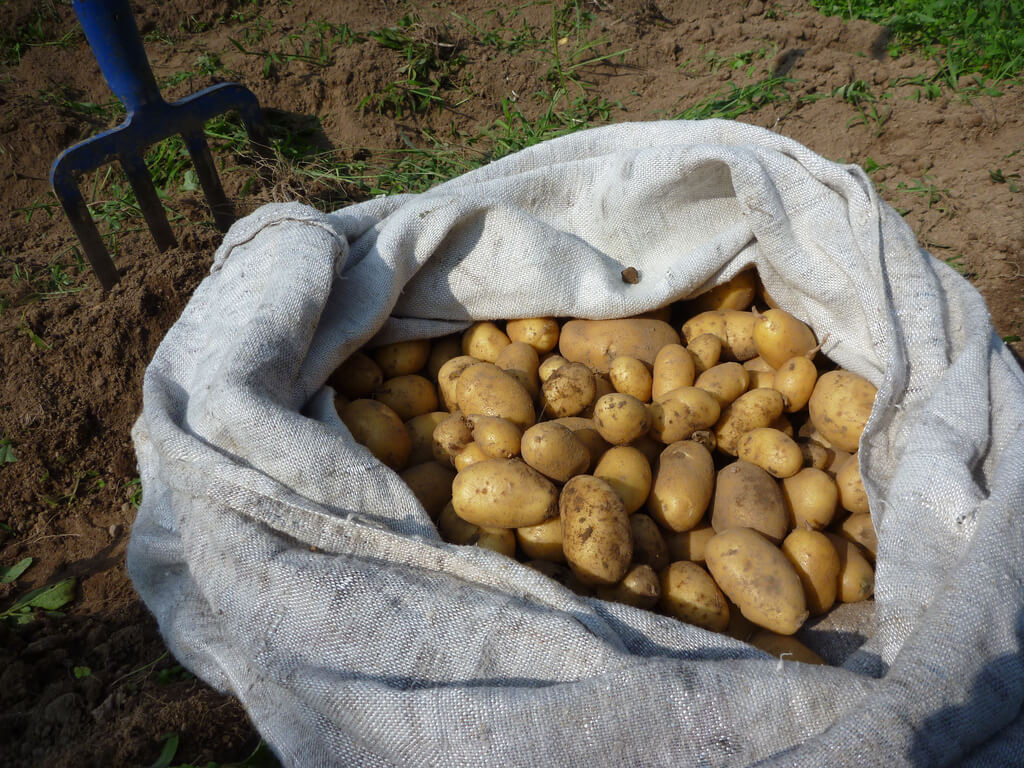
Companion plants—plants that grow symbiotically near potatoes—can help you increase the yield, quality, and health of your potato crop. Here’s how to grow a sustainable bumper crop of potatoes by using companion planting.
Benefits Of Companion Planting
Organic gardeners find that companion planting offers a wide assortment of benefits including:
- Increased yield
- Better soil nutrition
- Insect control
- Weed control
Vegetables To Companion Plant With Potatoes
- Horseradish: Horseradish can make your potato crop healthier. The root can also be ground up and turned into a spicy, mustard-like sauce or condiment.
- Beans: Green beans add vital nutrients to the soil while and help repel the Colorado potato beetle. In turn, potatoes protect green beans by repelling the Mexican beetle, a nasty pest that can quickly destroy a lush crop of green beans.
- Cabbage
- Corn
- Spinach
Flower Power
Several colorful flowering plants offer protection for your potato crop. Beneficial blooming companion plants include:
- Calendula: These flowers, also known as pot marigolds, are a colorful addition to any garden and attract pollinating bees. The flowers and young leaves are also edible. Add Calendula leaves and flowers to salads, sandwiches, and soups, or use them as an attractive garnish.
- Alyssum: This flower acts as a colorful living mulch by holding in beneficial soil moisture. It also attracts predator wasps that devour harmful insect pests in the garden.
- Petunias and Amaranth: These sweet-smelling flowers protect potatoes from leafhoppers.
- Marigolds: Marigolds ward off beetles and other unwanted insects.
Plants That Can Harm Potatoes
Not all plants help potatoes. The plants listed below can actually damage your potato crop or your soil. Indeed, some of these plants can even cause blight in potatoes.
- Tomatoes
- Squash
- Cucumbers
- Raspberries
- Pumpkins
- Nightshades (e.g. eggplant, tomato, bell peppers)
- Alliums (e.g. onions, garlic, chives)
- Asparagus
- Turnips
- Carrots
- Sunflowers
Types Of Potatoes
Potatoes are a fine choice for the homestead garden. They emerge quickly and grow rapidly. Potatoes yield well under most soil and growing conditions and can be stored for long periods without canning, drying, or freezing.
There are more than 600 different varieties of potatoes. They’re generally divided into three culinary categories: waxy, starchy and all-purpose.
Waxy Potatoes
Waxy potatoes have a firm texture. Used in stews, soups, and salads, waxy potatoes retain their shape during cooking. Red Thumb, Carola, Cascade, Yellow Finn, White Rose, and Russian Banana are all common varieties.
Starchy Potatoes
Starchy potatoes are best for baking and frying. Due to their high starch content, they are also absorbent. These potatoes are delicious when topped or dipped in sauces. Russet potatoes are the most popular type of starchy potato.
All-Purpose Potatoes
All-purpose potatoes can be used in most recipes. They’re also the best type of potato for mashing. All-purpose potato varieties include Yukon Gold, Red Gold, Purple Majesty, Onaway, Kennebec, Elba, and All-Blue.
All varieties of potatoes can be cultivated in a container, a bucket, the ground, or a bag.
Potato Planting Guidelines
Follow these guidelines for the most productive possible potato crop.
When To Plant Potatoes
Avoid planting potatoes when the soil is still cold and wet. Potato plants will tolerate a light frost and chilly soil, but they won’t sprout until weather conditions are favorable. Consult USDA Plant Hardiness Zone Maps to determine the ideal planting time for your part of the country.
Where To Plant Potatoes
Plant potatoes in a location where they will receive full sun throughout the day. Do not plant in the same area where you have planted potatoes in the past year in order to prevent potato scab infection.
Improve The Soil Prior To Planting
Potatoes grow best in nutrient-rich, well-drained soil. To fertilize potatoes, add aged herbivore manure or garden compost. If your soil contains a good amount of clay or is compacted, add sand to improve texture and drainage.
Potatoes will not grow well where water tends to pool. Potatoes grow in 5.5-6 PH soil. The soil should be tilled 10 inches deep and double raked.
Potatoes Do Not Grow From Seeds
You will not find potato seeds or seedlings at your local garden supply. Potatoes are grown from “seed” potatoes, which are simply potatoes with one or more sprouting eyes. Make sure that the seed potatoes you select are bruise and disease-free. At harvest, reserve blemish-free, healthy spuds for your next crop’s seed.
Seed Potatoes Can Be Cut in Pieces
Cut your seed potato into pieces. Make sure that each piece has at least one eye. This process will increase the yield of your crop. The number of potatoes you grow will increase, though you might find the potatoes are smaller than the ones you started with.
Give Potatoes Room To Grow
Plant potatoes in rows three feet apart. Plants should be placed 12-18 inches apart.
Conserve Water
Potatoes require about an inch and a half of water per week to develop to their full potential. According to the USDA, planting the potatoes in a flat bed rather than ridged rows conserves water and increases crop yield.
References
- The United States Department Of Agriculture: Using Less Water To Grow More Potatoes
- Oregon State University Extension Service: OSU Recommend Colorful Potatoes For Home Gardens
When not working in her garden in Northwestern Montana, Marlene Affeld writes of her love of nature and all things natural.



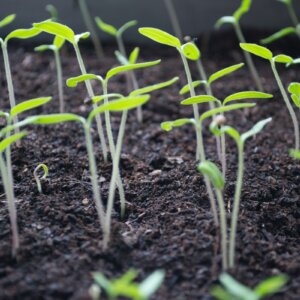





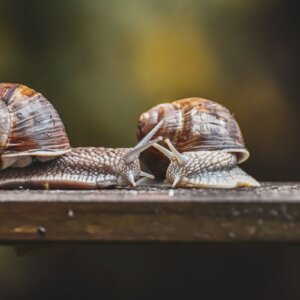



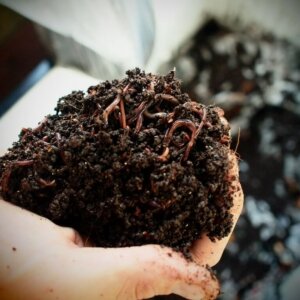



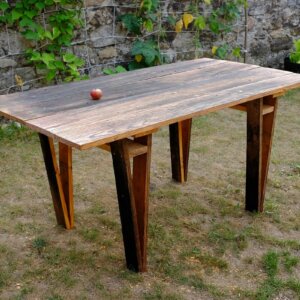


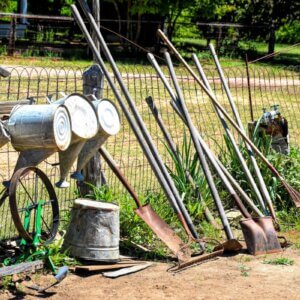


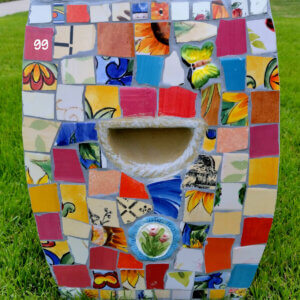






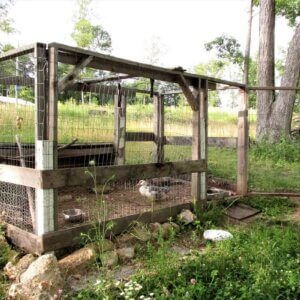


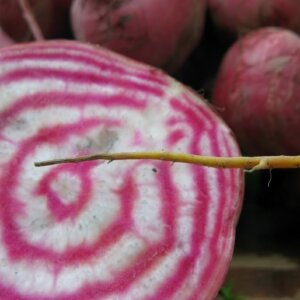






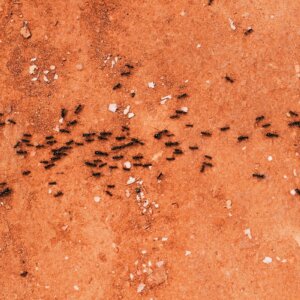
Potatoes can be grown from seed. However they will not be true to the parent as they are sexually geneticized. Using seed potatoes means you’re growing a clone of the original plant and you know what you’re getting then. If you are looking for diversity and trying to adapt/develop a strain of potato for your environment and climate, IF you have a type that flowers and sets fruit, go for seed. You start them similar to tomatoes. I have a friend who works on developing landrace non-hybrid plants that will work in high desert with minimal care, and they are succeeding, I get potato seed from them. No two seedlings produce the same type of potato!